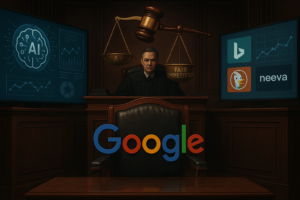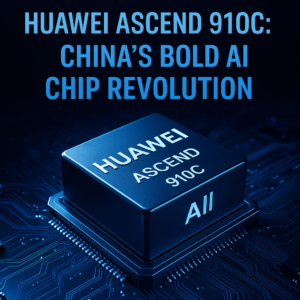Unlocking the Universe: How AI is Revolutionizing Cosmological Parameter Estimation
Summary: In a groundbreaking study, researchers at the Flatiron Institute harnessed artificial intelligence to enhance the accuracy of cosmological parameters that define our universe. This innovative approach, known as SimBIG, not only improves precision but also promises to reshape our understanding of cosmic phenomena, including dark matter and dark energy.
The Role of AI in Understanding the Cosmos
In the vast expanse of the cosmos, the secrets of our universe are often obscured by the complexities of its structure. Traditionally, astrophysicists have relied on a handful of cosmological parameters to describe the characteristics of the universe, but extracting precise values from the distribution of galaxies has always been a daunting task. Enter artificial intelligence (AI)—a technology that is not only reshaping industries but also illuminating the darkest corners of astrophysics.
Researchers at the Flatiron Institute have developed an innovative AI-driven framework known as Simulation-Based Inference of Galaxies (SimBIG). This advanced methodology allows scientists to extract crucial information hidden within the large-scale distribution of galaxies, enabling them to estimate five of the six key cosmological parameters with unprecedented accuracy. The implications of this breakthrough are profound, as understanding these parameters is essential for grasping the fundamental workings of the universe.
Significance of the Study
The study, published in Nature Astronomy, reveals that SimBIG achieves less than half the uncertainty in the parameter that describes the clumpiness of the universe’s matter compared to traditional methods. This leap in precision aligns closely with estimates derived from other cosmic phenomena, such as the universe’s oldest light. As Shirley Ho, a co-author of the study, aptly puts it, “Each of these surveys costs hundreds of millions to billions of dollars. So if you think about it in a very practical sense, these parameters are worth tens of millions of dollars each.”
In essence, these six cosmological parameters serve as the “settings” that dictate how the universe operates on a grand scale. They encompass everything from the composition of ordinary matter to the nature of dark energy, which is currently driving the universe apart. Traditionally, cosmologists have focused on studying the large-scale clustering of galaxies. However, the small-scale structures often hold critical information that has been largely overlooked—until now.
The SimBIG Framework
The brilliance of the SimBIG framework lies in its dual-phase training approach:
- Initially, AI models were trained using 2,000 simulated universes with varying cosmological parameters, mimicking real-world data imperfections. This allowed the AI to learn correlations between the cosmological values and small-scale differences in galaxy clustering.
- Subsequently, the model was tested against real data from the Baryon Oscillation Spectroscopic Survey, leading to estimates that were equivalent to what would typically require four times as many galaxies.
This enhanced precision is particularly crucial in addressing the “Hubble tension,” a discrepancy in the estimated rate of expansion of the universe. By accurately calculating the Hubble constant, researchers can better understand whether this mismatch reflects new physics or merely observational errors.
The Future of Cosmological Research
As new cosmic surveys come online, the integration of SimBIG will undoubtedly push the boundaries of what we know about our universe. The potential for AI to unravel the mysteries of dark matter, dark energy, and the universe’s expansion opens exciting avenues for future research, promising to redefine our understanding of the cosmos.
In conclusion, the marriage of artificial intelligence and astrophysics is not just a technological advancement; it is a pivotal turning point in our quest to comprehend the universe’s deepest secrets. With tools like SimBIG, the cosmos may soon reveal answers to questions that have perplexed humanity for centuries.


